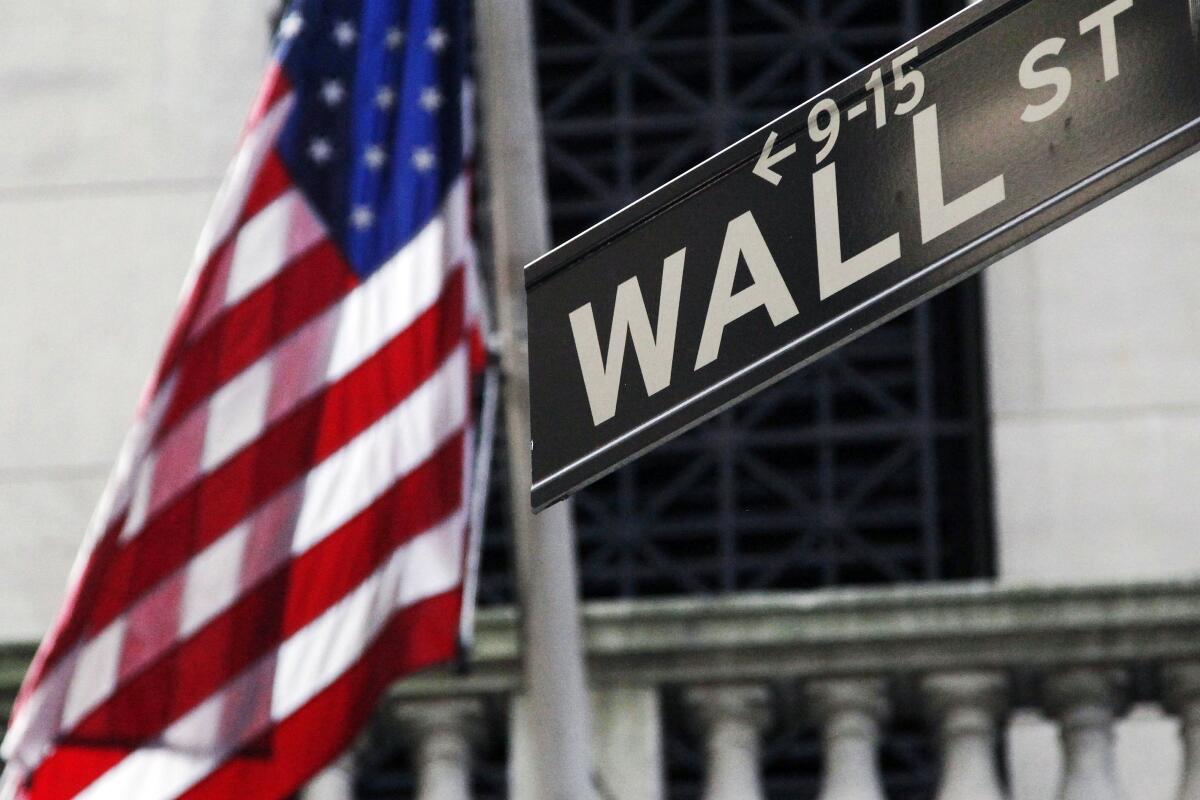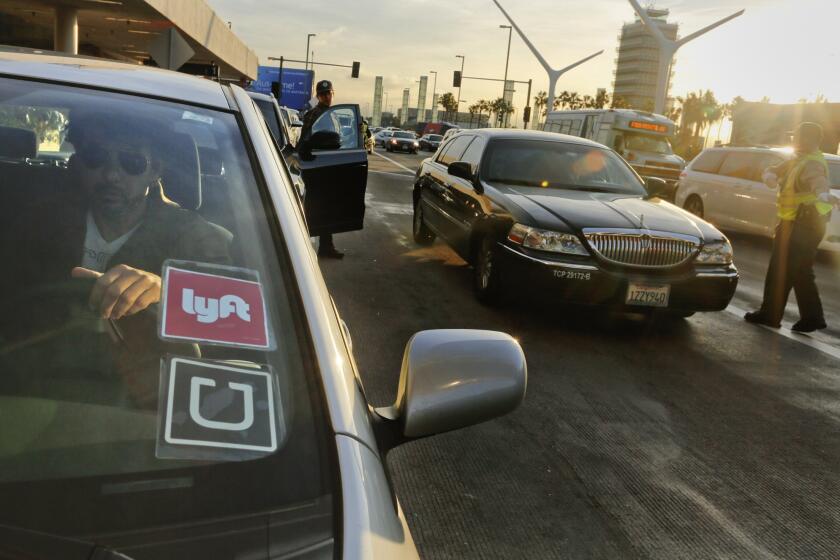Wall Street is just as baffled about markets as it was last year

Ask a Wall Street strategist where stocks will go and the answer will almost always be, higher. That’s not the case now.
Twelve out of the 21 forecasters tracked by Bloomberg expect the Standard & Poor’s 500 index to fall into the holidays. The spread between the highest and lowest target is 24%, the third-widest in nearly a decade. The uncertainty is just as acute among some Treasury analysts, with those at Bank of America assigning a 100-point range to their 10-year yield forecast for the end of 2021.
Investors hoping for more clarity from professional prognosticators 17 months after the pandemic upended financial markets are out of luck, as the number of major concerns that need accounting for virtually precludes a tighter consensus. With the Federal Reserve inching toward cutting its bond purchases by year’s end as the raging virus threatens to slow the global recovery, playbooks that worked for over a year have started to look dated.
“We can point to a number of positives in the economy that are supportive of risk assets. At the same time, there are plenty of issues that are too close to call, and the macro outlook could vary widely depending on which way the coin lands,” said Adam Phillips, managing director of portfolio strategy at EP Wealth Advisors.
A California judge ruled Friday that parts of Prop. 22 are unconstitutional, rendering the ballot measure unenforceable.
Sky-high valuations and the S&P 500’s 100% rally from the pandemic low add to the difficulties facing strategists. For some, the surge in corporate earnings justifies the elevated prices that have crushed anyone daring to bet against stocks. Others say the recovery faces too many obstacles, including margin pressure from inflation and President Biden’s proposed tax hike, to warrant faith that companies will continue to deliver.
Bears prevailed last week, with the S&P 500 falling the most in more than a month. Companies that benefit from a pickup in economic activity led the drop. The group, including energy producers and financial firms, has seen its outperformance dwindle since June, virtually in lockstep with the resurgence of the virus.
But investors haven’t rotated as forcefully into the stay-at-home darlings that dominated last year. Zoom Video Communications Inc. slid 5% in the week, while Amazon.com Inc. has plunged 14% from its July peak, losing $261 billion in market value.
The change in behavior has clouded crystal balls up and down Wall Street. Tony Dwyer, the chief market strategist at Canaccord Genuity — who suspended his year-end price target for the S&P 500 during the worst of the 2020 bear market — has refrained from offering another projection, even for this year.
Mike Wilson, chief U.S. equity strategist at Morgan Stanley, just widened his forecast range, saying his bull case calls for the S&P 500 to jump to 4,800 by June 2022, a gain of 8% from Friday’s close, while the bear case puts the index at 3,700, a 17% plunge. All told, the 1,100-point gamut between the two scenarios is almost double what he had envisioned previously.
“For many people, it’s just very confusing as to where to go and what to do right now because there’s so many mixed messages coming through,” JJ Kinahan, chief market strategist at TD Ameritrade, said in an interview. “We have lighter volume, I get it — it’s the end of summer. But I think you’re also seeing lighter volume over the last few days because it’s hard to have true conviction right now one way or the other.”
In the bond market, investors piled back into Treasury bonds amid worries that the economy’s meteoric rise will suddenly slow, and the concern amplified when Goldman Sachs Group Inc. economists downgraded its U.S. growth forecast. That pushed investors back into bonds. The 10-year yield slumped back below 1.3% and the spread between it and 2-year yields flattened.
Strategists are scrambling to keep up with a slide in long-end yields. Goldman and JPMorgan analysts both lowered their year-end targets for 10-year yields after the benchmark rate dropped as low as 1.13%.
Amid the gloomy outlooks, Kayne Anderson Rudnick’s Julie Biel is focusing on companies that have a track record of thriving in times of trouble.
“It’s really hard to know, it’s just so hard to predict so let’s prepare,” Biel, portfolio manager at the firm, said on Bloomberg Television. “For us, it’s not so much stay-at-home versus reopen. It’s more what businesses can do well even if the economy is struggling, and those are just the quality businesses that you look for.”
— With assistance from Vildana Hajric.
More to Read
Inside the business of entertainment
The Wide Shot brings you news, analysis and insights on everything from streaming wars to production — and what it all means for the future.
You may occasionally receive promotional content from the Los Angeles Times.











